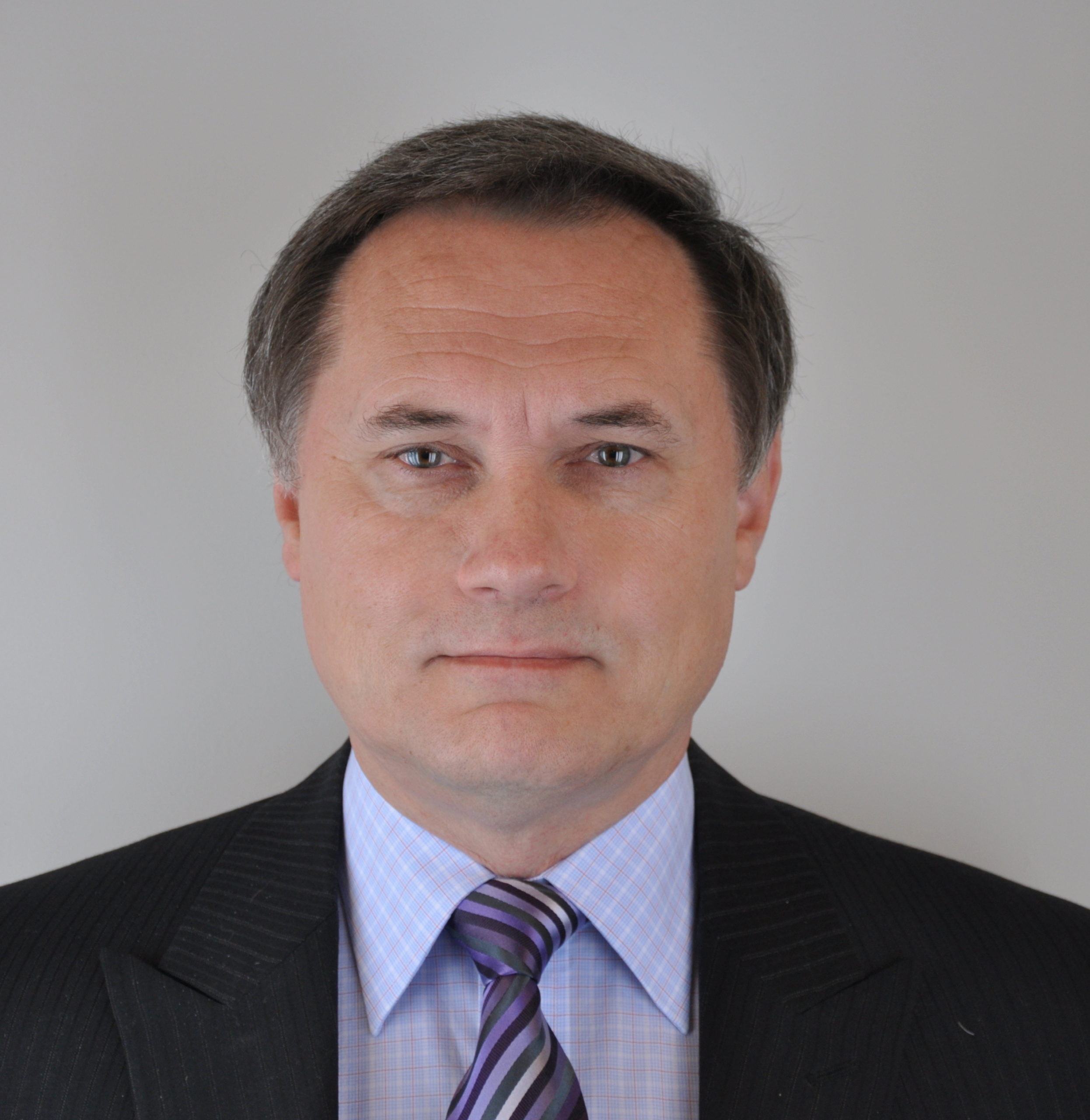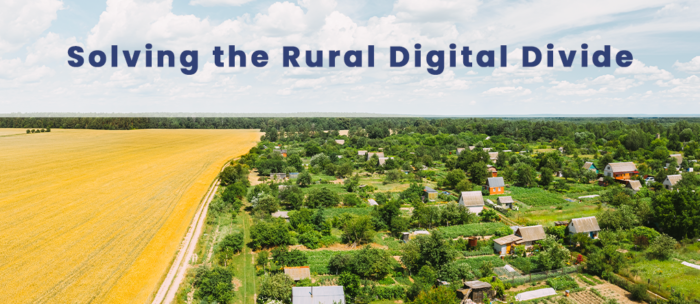
Solving the Rural Digital Divide – for People & Things
Solving the rural digital divide is not a new problem. For at least a decade, Governments and private sectors have been trying to solve the issue. Pre-pandemics efforts were a genuine desire to connect the unconnected. Since the onset of the Covid-19 pandemic in 2020, there has been a renewed urgency to address the rural digital divide. In most countries, it has been about providing broadband to rural communities. Cottagers have moved to full-time residency and work remotely. They are demanding and require urban-like connectivity and performances.
As the world is gradually adapting to the significant shift to remote workers and full-time cottagers, we also witnessed a population shift from the expensive small apartments in urban centers to suburban and rural locations. Enterprise has learned to embrace and support remote workers, regardless of where they are, providing them with proper broadband connectivity and productivity tools.
Industry 4.0 was already in motion before the pandemic. The unfamiliar environment and the need for remote management, supervision, and operations further accelerated its growth. Mining, Oil & Gas, and Utilities were already on the industry 4.0 path. With the on-site personal restrictions imposed by the pandemic, we are also witnessing a shift in manufacturing. Not only is manufacturing now moving faster with industry 4.0, but they are also relocating and investing in new facilities in a rural environment, where the price of land is suitable for a scalable single-floor structure with plenty of growth capabilities. We see green energy seeking vast pieces of land for solar and wind farms in rural settings. All these current trends generate an even higher rural broadband demand.
The Government officials desire to augment the rural infrastructure needed for evolution and innovations outside the major metro areas. Various Government programs have been offered for a decade to solve the digital divide in rural areas. But still, it has not made a noticeable difference. Today, with industry, enterprise, and population moving in rural regions, the Governments must take an even more aggressive investment position, or the economic drivers will incent personal and public investments to move to more attractive areas.
In this paper, we take a macro perspective. We look at different requirements, wired and wireless technologies, and the wireless spectrums as the available tools to solve the rural digital divide – for people and things. Not all technologies are created equal, and we will review some, like TVWS, designed from the start to solve this rural problem.
Problems
There are several considerations and challenges when solving the rural digital divide – for people & things. From a macro perspective, we identified four major categories:
- Communications Technologies – Solving the need for urban and sub-urban connectivity performances in a rural environment is not a simple task. The technologies used in high-density urban environments are often unsuitable for unpopulated rural settings.
- Applications – With the movement of industry and people from urban to rural areas, people and things need to use the same applications in rural environments as in Mega-cities. Today’s industry 4.0 farms or forestry, for example, requires far more broadband vs. your aging relative sending you an email or picture from the lake using a limited connection.
- Simplicity – There is a great distance to cover from one installation site to another, and with these great distances, one cannot have the foremost expert present for each installation. Hence, rural-environment technology deployments require simplified implementation, installation, operation, processes, procedures, and technical qualifications. The service providers would prefer to ship a self-install device to rural subscribers in many areas, as they do in urban areas.
- Economics – Infrastructure capital expenditure (CAPEX) and operational expenditure (OPEX) must be kept to the minimum as there is a lower concentration of population and enterprises to generate revenues. Even if there is less competition in rural communications services, the average revenue per user (ARPU) must be priced low. To be successful with rural broadband deployment, a service provider must ensure an almost 90% take rate as many of the subscriber connections can represent an infrastructure challenge. The customer take-rate must be higher than in urban markets.
Network infrastructure solutions
Several possible infrastructure solutions are at our disposal to address the rural broadband requirements. Here are the most common ones:
- Fiber
- Copper
- Mobility technologies such as 3G/4G/5G in various spectrum
- Satellite
- 900Mhz wireless
- TVWS Wireless

Fiber
To the risk of being cliche, we must admit that “fiber is king.” With its excellent broadband capabilities, fiber connection is the most desirable. However, fiber is expensive to install and commission. For this reason, in rural solutions, when possible, fiber is usually limited to backhaul between towers, if at all. To this effect, many electrical distribution companies have installed fiber at the top of their electricity distribution towers. So, many rural communities can “tap” on the utility offered fiber. With the pandemic and the global supply chain, we are witnessing the global penury of fiber. Some of the most prominent fiber manufacturers are up to 2-years behind in meeting orders delivery. Hence, fiber-based solutions are usually not economically sound for last-mile technology and are not always possible these days due to the lack of materials.
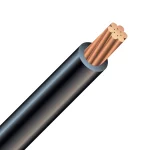
Copper
For many years, copper has been used in urban and rural environments by TELCO and Cable Co’s. Of course, there have been many innovations in the last 20-years in delivering Asynchronous Digital Signal Loop (ADSL) or synchronous digital signal loop (SDSL) and all sorts of derived innovations. Still, these technologies on 2-wire or coax cables were all designed for urban and suburban markets. The distance these technologies can deliver significant broadband is limited and often not good enough for rural deployments.
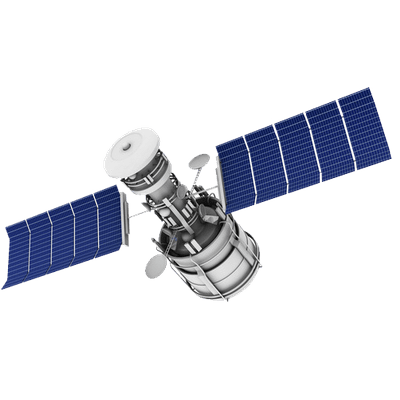
Satellite
Satellite broadband is a technology solution deployed globally. It has a large ecosystem and offers connectivity anywhere except far north and far south. Conventional satellite broadband has come to the rescue for years with its flexibility and accessibility. But, although available, it is expensive and cost-prohibitive for many. With the high demand for low latency that people and things need, conventional satellite does not meet many real-time applications in today’s world. However, the satellite solutions are changing, with new low-orbital constellations launched by OneWorld, Starlink, and others. We are about to see higher broadband, with lower latency available to portions of the populated world. The affordability and the need for lower latency requirements remain a challenge for many people and things.
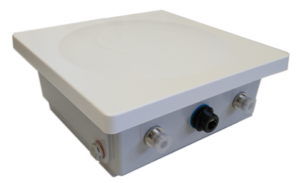
Terrestrial Wireless
There are various wireless technologies and wireless spectrums. The early mobile wireless industry players capitalized on the simplicity of wireless over fiber and copper technologies in rural areas. Although good at providing voice connectivity, 2G or 3G had no actual data capabilities; they were unsuitable for rural broadband. So, Fixed wireless broadband innovations were made in Point-to-point and Multi-point broadband delivery, leveraging the license-exempt 900 MHz spectrum. This spectrum offered excellent reach capabilities due to its wavelength, but that spectrum quickly became crowded. Today, the 900MHz spectrum is barely usable in many areas due to its heavy use. Other parts of the 900 MHz spectrum are licensed, but unfortunately, they are designed and defined with small RF channels that cannot deliver broadband capacity.
When it comes to broadband in unlicensed wireless spectrum, the most successful bands were the Wi-Fi bands in 2.4GHz, 5.4GHz, and 5.8GHz. Initially set for indoor, these bands became immensely popular for outdoor wireless. Although they offered wider RF channels capable of delivering better broadband, the laws of physics did not enable them to provide the same distance as the 900MHz bands, and these bands also got crowded over the years. So, although they are comparatively better than 900MHz from a broadband capability, they certainly do not have the coverage capabilities that rural networks need. In addition, these bands also do not possess good abilities to traverse hilly terrain or vegetation.
In the last four years, the mobility operators, with the help of 3GPP, have managed to secure some limited amount of spectrum within the TVWS Spectrum. Two new 3GPP bands are now available, Band Class 12 and 17. Both the bands are limited to a maximum of 10MHz channels with a maximum duplexing of 30MHz. Although the mobile operators now have access to the precious TVWS spectrum, they only have access to 60 of the 228 MHz. The two new 3GPP bands are good news for the mobile operators and the rural digital divide as it brings 4G Mobility to the regions, but it has not solved the high-cost issue of deploying 4G or 5G technology. So, the TVWS PMP/PTP specialist manufacturers can still deliver better broadband on more spectrum than the mobile operators.
A TVWS Specialist Manufacturer to the rescue
TV White Space (TVWS) comes to the rescue. The TVWS re-arranged spectrum has been available for a decade in some countries.TVWS is now becoming available in many other countries worldwide, including Canada, the USA, the UK, etc. In these countries, the regulators have specifically re-purposed some unused UHF TV channel spectrum to deliver an unbeatable digital divide solution. The re-purposed channels allow a TVWS wireless specialist to provide low-latency and long-range terrestrial wireless broadband with all the physical benefits of the spectrum in such long wavelengths. The future is bright for TVWS specialist manufacturers and ecosystems partners to serve rural communities with low-latency broadband when no other terrestrial solution is usable.
TVWS database – Many regulators such as FCC and Industry Canada have adopted a database process to grant to mitigate interference. With this database process, service providers and broadcasters can enjoy a lower level of interference from one another while the remaining UHF TV channels are still in operation.
TVWS Ecosystems of antennas and accessories – TVWS has been around for a decade in some countries. As a result, there is a rich ecosystem of antennas, accessories and some vendors have made the solutions simple to implement.
TVWS Radio Technology – There are numerous TVWS radio equipment manufacturers. Most are manufacturing in large quantities for other bands and have produced a modified version of one of their radios for the TVWS band. The TVWS band is opportunistic at best for these vendors. However, this is not the case for TVWS specialist 6Harmonics. 6Harmonics, a Canadian company, only focuses on TVWS and develops and designs for the TVWS band and its specific requirements. That focus and dedication to the digital divide in rural environments make 6Harmonics; the most focused TVWS radio manufacturer!
6 Harmonics; fit-for-purpose solution:
- TVWS focused company
- Built-for-purpose technology
- White-glove approach to the solution, from planning to operations and optimization phases
- Easy to deploy
- Peaceful enjoyment once deployed
- Your TVWS enablement partner
In conclusion
Digital Divide — The communications infrastructure solutions include
- Fiber – is king but is expensive to deploy and now has some serious supply chain issues as well
- Copper – is not a broadband solution over an extended distance
- Mobility technologies – such as 2G and 3G, do not deliver broadband
- Mobility technology – such as 4G and 5G, are available in various spectrums– but not always economical in rural, and have limited uplink capacity
- Satellite – a new breed of the low-orbital satellite is becoming attractive but still costly
- 900Mhz wireless – getting crowded, and license fees are climbing.
- 6Harmonics, remains the only built-for-purpose infrastructure solution manufacturer, developing solutions for Rural Broadband enablement on the TVWS spectrum.
- 6Harmonics leverages the TVWS spectrum to deliver up to 2Gbps of low-latency capacity to rural markets.
Contact us for more information on tackling affordable broadband in rural areas globally. We are passionate and focused on connecting people and things.




